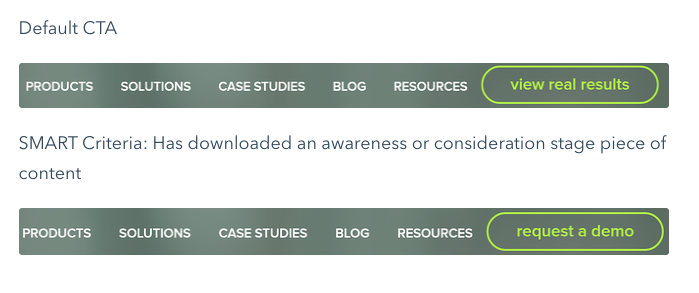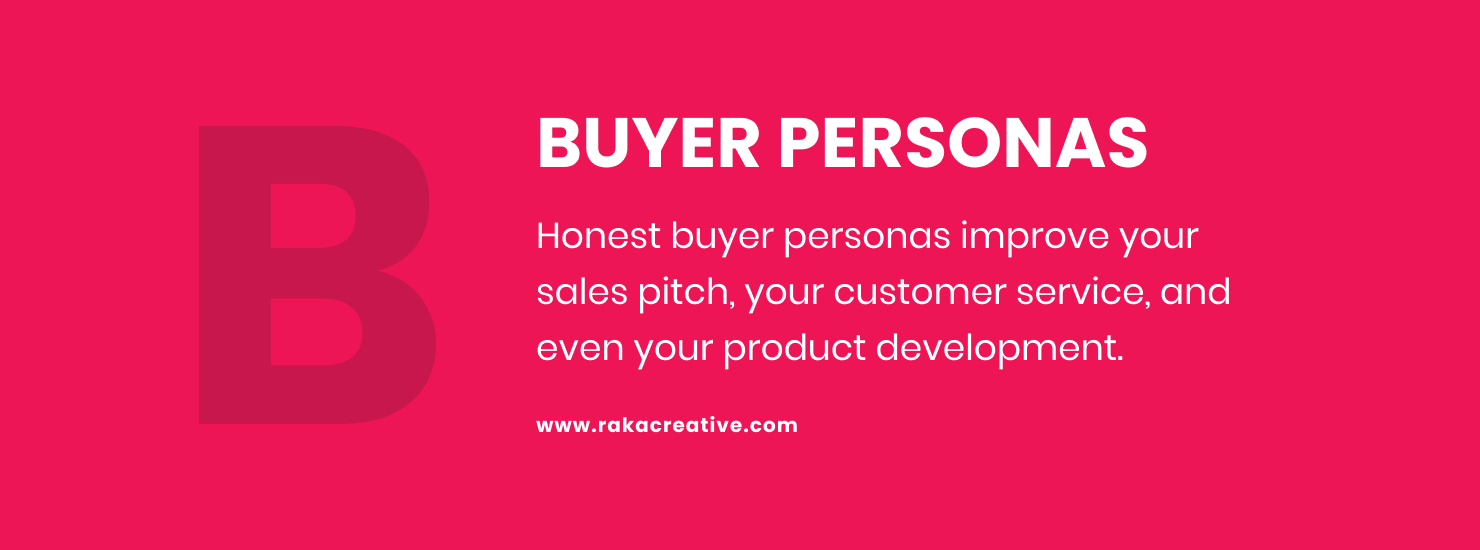Personalization in marketing means a lot more than lawn chairs with your initials embroidered on them, or a bejeweled necklace spelling out your name. Think of all the ways that inbound marketing has become laser-focused on offering customized experiences—personalization tokens make automated emails seem more human, recommended content shows users more of what they want to see, and purchase history allows brands to create special coupons for individual customers.
Marketers are using customization because, as we’ll show you, personalization makes your marketing efforts more efficient and drives more conversions.
One of our favorite (and often under-utilized) methods of personalization is HubSpot smart content and CTAs. Rather than waste time and resources constantly brainstorming and creating new content, you can make the most of pre-existing content by using well-placed smart modules on your site and in your emails. They’re fairly simple to set up, and when implemented correctly, improve the user experience on your site and help nurture leads. Essentially, your team can accomplish more with less!
What is smart content?
Smart content and CTAs allow marketers to target website pages, landing pages, emails, and even CTAs based on specific segmentation information regarding your contacts. What makes it “smart” is that the content is altered, depending on the criteria you set. There are six types to choose from:
- Country – Where the user is from based on their IP address.
- Device Type – What type of device a user is on (mobile, tablet, or desktop).
- Referral Source – How users found your site (email, social media, etc.).
- Preferred Language – What language the user’s browser is set to.
- Contact List Membership – Whether a user is a member of a HubSpot contact list already in your database.
- Lifecycle Stage – What stage of the buyer’s journey the user belongs to.
HubSpot allows marketers and salespeople to add smart modules to HubSpot-hosted website pages, landing pages, and emails. You can also add smart CTAs to non-HubSpot pages. Here are some common uses:
Showing customers the right services
For example, you could create a smart module on a HubSpot landing page that would alter the copy slightly depending on whether a user was in the United States or another country. If your product or service is only available in the U.S., this lets a visitor from Canada know before they fill out a form for a demo on your landing page. Perhaps your rates for a particular service or product vary from country to country. Smart content allows you to make those adjustments easily without setting up separate landing pages for each iteration.
Nurturing leads
Add modules to emails to provide personalized messaging or deliver CTAs based off of the rules listed above. Better target return visitors to your website by showing different CTAs based on where those visitors are on the buyer’s journey. Using these tools allows your team to effectively nurture leads based off definitive criteria, rather than guesswork.
What’s the value of using HubSpot smart content?
A more personalized experience is great, but the real value in smart content and CTAs is that they’re proven to be effective at increasing engagement. Studies on the effectiveness of personalized emails show a 14% improvement in click-through-rates and a 10% increase in conversion rates among emails using some form of personalization. With HubSpot, you’ll be able to easily track the performance of your smart modules to gauge their impact on your own business. Wouldn’t it be great to improve your click-through-rate by 5%, 10%, or even more?
However, to see these astonishing results you must strategically plan your smart content. Let’s cover how to develop a focused plan to implement smart content on your site.
Getting started with smart content
While it may be tempting to start throwing smart content and CTAs on your site willy-nilly, you should approach these tools thoughtfully for best results. Your leads are humans looking for solutions, so try to offer smart content to provide helpful information and nurture leads into becoming customers.
Consider these five questions from HubSpot before you get started:
1. Who’s the smart content for?
The first question is critical to deciding what criteria will trigger your smart content—are you creating content for return visitors? Is it for users who were brought to your site via social media? It’s smart to build a list at this stage so you know exactly who will see this smart messaging.
2. Where will the smart content go?
Does your smart content belong on a landing page? Or, maybe it’s better suited for an email. HubSpot recommends only adding one piece of smart content on any given page, as more than one can quickly overcomplicate your analysis of the effectiveness of smart modules.
3. What should your default content be?
For users who don’t match your smart content rules, there needs to be a default version of your content. It’s typically best practice to make your default content generic so that it’s appealing to everyone who sees it.
4. What’s the value of your smart content?
This is one of the most important questions to ask. It answers why you’re taking the time to set up smart content or CTAs. What extra value you hope to create for your audience, and how will that nurture them through the buyer’s journey. If you can’t find an inherent value, then go back to square one and reevaluate the “who,” “where,” and “what” of your smart content.
5. How will you measure performance?
As with any inbound marketing effort, it’s crucial to analyze performance to determine whether it’s serving your progress towards overarching goals. Look at total page views, form submissions, clicks on CTAs, and other key performance indicators that show whether users are responding to your smart content.
HubSpot smart content examples
One of the best ways to get started with smart content is to set up a smart CTA. Not only are they extremely simple to get up and running, but they can also be a quick win for driving conversions on your website. HubSpot recommends using a smart CTA on your homepage that will deliver the right message to users depending on their buyer’s journey stage. For example, you wouldn’t want to use a “Request a Quote” for someone who’s never even visited your site before. It makes more sense to use a CTA that says “See the Results” or “Learn How We Work” instead.

Example of a HubSpot smart CTA
You can also create smart forms depending on what kind of device a user is on. This allows you to adjust which fields are visible to smartphone users and can make it easier for them to complete the form.
It’s definitely best to start small and simple when you first start building out smart content. This will show you what works and what doesn’t, so you can get more ideas for optimizations around your site and within emails.
Things to watch out for
Is your data clean?
Before you dive in, first check if your CRM has clean data. This is critical for criteria such as targeting smart content using contact lifecycle stage or list membership. If your data is a mess, you risk mistakenly triggering “personalized” content for users that it doesn’t apply to. Insycle, an automation tool that integrates with HubSpot, is one options for cleaning your data in the following ways:
- Find and bulk merge duplicate contacts, companies, or deals.
- Format names, phone numbers, and titles consistently.
- Identify bad data and work to improve contact and company data quality.
- Standardize values to improve segmentation and reporting.
The purpose of smart content is to provide a better, more tailored buyer’s experience for each of your individual customers as they interact with your business. Having the right information and attributions in your contact list is essential for this to work.
Do you use buyer personas?
Personalization with smart content and CTAs is going to be difficult if you don’t have up-to-date buyer personas. How well do you understand your customers, their problems, and the solutions they’re searching for? HubSpot puts it nicely:
“If you aren’t already aligning and mapping your content to every stage of the buyer’s journey, you’ll need to do so before you can execute your smart content with excellence. After all, the success of smart content is built on how well your content marketing and segmentation strategies work.”
Smart content is designed to nurture your leads. But you must understand who those leads are to see any return on investment. Buyer personas and lead nurturing go hand-in-hand, so you’ll need to have a strong understanding of your customers before using smart content. (We’ve got a handy buyer persona template if you need to create them, or even give them a refresh.)
Smart content and CTAs are powerful tools for your business, when leveraged correctly. While they do require some finesse and care to work properly, the payoff is undeniable—your customers are searching for exceptional brand experiences, and personalization is one of the most effective ways to delight your audience.






